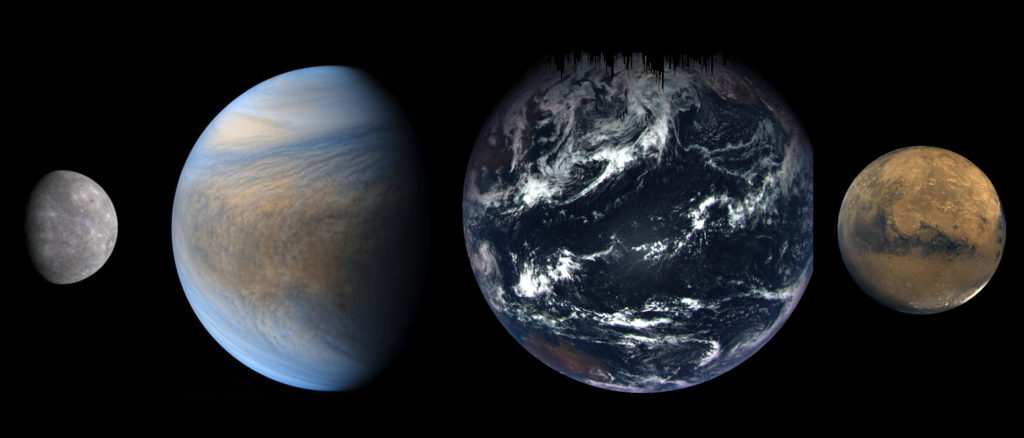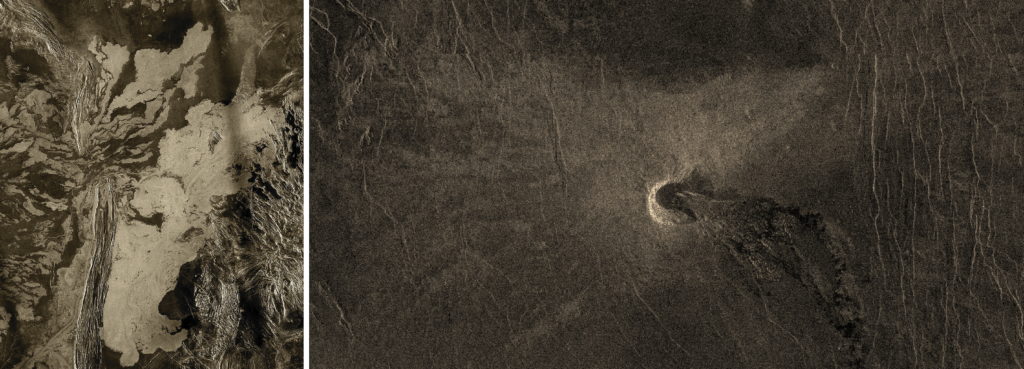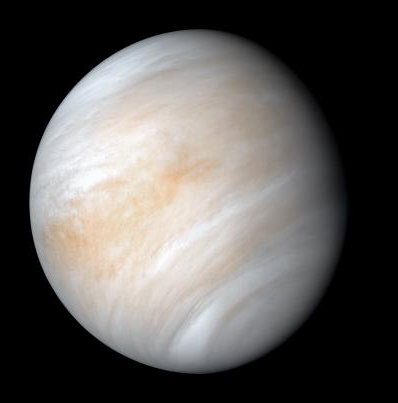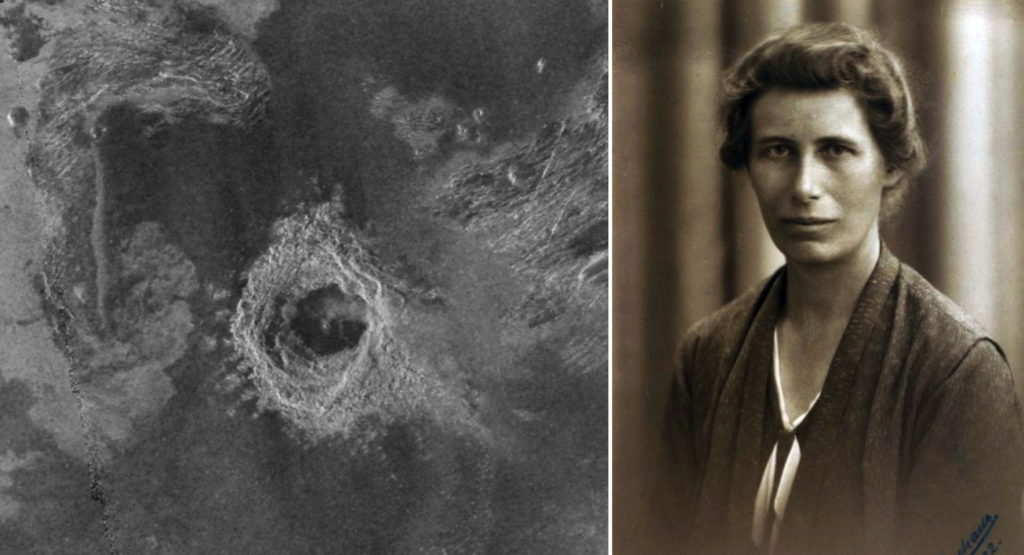Why Venus - EnVision
Why Venus?
Venus, our neighbour in size, mass and composition
Despite the emphasis on Venus of early space exploration (Mariner, Venera, Vega, and Pioneer), and the more recent Magellan, Venus Express, and Akatsuki Missions, Venus remains a global mystery. Sitting in our own planetary back yard, Venus represents an unusual example of terrestrial planet formation and evolution that obviously differs from Earth and the other solid planets of the inner solar system. Many fundamental questions remain unanswered. For example, did Venus have oceans, how has that atmosphere evolved over time, and if a runaway greenhouse effect took place, when did it begin? How does Venus lose its heat, how volcanically and tectonically active has Venus been over the last billion years? Has Venus always had a “stagnant-lid”, or was a plate tectonics regime ever present earlier in her history? What is the composition of the highland tessera terrain, are these regions the oldest rocks exposed on the Venus surface, how oxidized are those rocks and do these surfaces retain evidence of an earlier time when water was more prevalent?
The NASA Magellan, ESA Venus Express, and JAXA’s Akatsuki missions to Venus have revealed a complex, dynamic planet with surprising similarities as well as differences from Earth, and yet it remains the least understood of the terrestrial planets. The dramatic discovery of volcanic hotspots in Venus Express data suggest that the next stage of Venus exploration must focus on its surface : the geological interface between its dense, hostile atmosphere and its Earth-like but puzzling interior. Magellan data reveal an incredible number of volcanoes, as well as rift systems, mountain belts, and a range of features still poorly understood, on a world with a crater count indicative of mean surface age of only 500 Ma.
EnVision, Europe’s next mission to Venus
EnVision, a low-altitude polar orbiter, was adopted in January 2024 as ESA's M5 mission in its Space Science Cosmic Vision Program. The mission is scheduled for launch in December 2031. EnVision will carry 5 instruments and 1 experiment (an S-band Synthetic Aperture Radar, a Subsurface Radar, 3 spectrometers and a radio science experiment). EnVision will investigate Venus from its inner core to its atmosphere at an unprecedented scale of resolution, characterising in particular, core and mantle structure, signs of active and past geologic processes and looking for evidence of the past existence of oceans. EnVision will help understanding why the most Earth-like planet in the solar system has turned out so differently, opening a new era in the exploration of our closest neighbour.
What caused Venus and Earth’s evolution to diverge and when?
Further Venus exploration to find the causes of differences between Earth and Venus is crucial to understanding how the Solar System works and the conditions for planet formation and the emergence of life. This is of particular relevance in this era of discovery and characterisation of a variety of terrestrial planets in other stellar systems and discussion on their path toward habitability. In our solar system, Venus is the most Earth-like planet, yet at some point in planetary history there was a bifurcation between the two: Earth has been continually habitable since the end-Hadean, whereas Venus became uninhabitable. Indeed, Venus is the type-planet for a world that has transitioned from habitable and Earth-like conditions, through the inner edge of the habitable zone ; thus it provides a natural laboratory to study the evolution of habitability.
Venus, a pathway to habitability and astrobiology
Venus accounts for 40% of the mass of terrestrial planets in our solar system, yet even fundamental parameters such as the relative size of its core to mantle are unknown. As we expand the scope of planetary science to include those planets around other stars, the lack of measurements for basic planetary properties such as moment of inertia, whether parts of its current surface was formed in the presence of water, core-size and density variations with depth, and thermal profile for Venus hinders our ability to compare the potential uniqueness of the Earth and our solar System to other planetary systems.
The prime focus of astrobiology research is the search for life elsewhere in the universe, and this proceeds with the pragmatic methodology of looking for water and Earth-like conditions. If we seek to understand habitability, proper understanding of the boundaries of the habitable zone are necessary: further study and development of our understanding of the evolution of Venus’ environment is imperative.
Venus features international naming convention
Venus features are named after females goddesses, mythological heroines and famous women in international history (poets, writers, artists, scientists) by the International Astronomical Union’s (IAU) Working Group for Planetary System Nomenclature, with the exception of Alpha Regio, Beta Regio, and Maxwell Montes named after James Clerk Maxwell (1831-1879), who established the nature and physical properties of electromagnetic wave propagation in space. The naming of Venus Paterae include famous women in history. A large number of Venus craters are named after female poets, writers, artists or scientists, such as Inge Lehmann (1888-1993), a Danish pioneer geophysicist, pictured below. As thousands of never-seen-before geological structures will be discovered by EnVision, there will be renewed and diverse opportunities to expand the list of geographic and geological features in honour of women.
- Removed a total of (5) style text-align:center;
- Removed a total of (4) style margin:0;








































 Sign in
Sign in
 Science & Technology
Science & Technology



